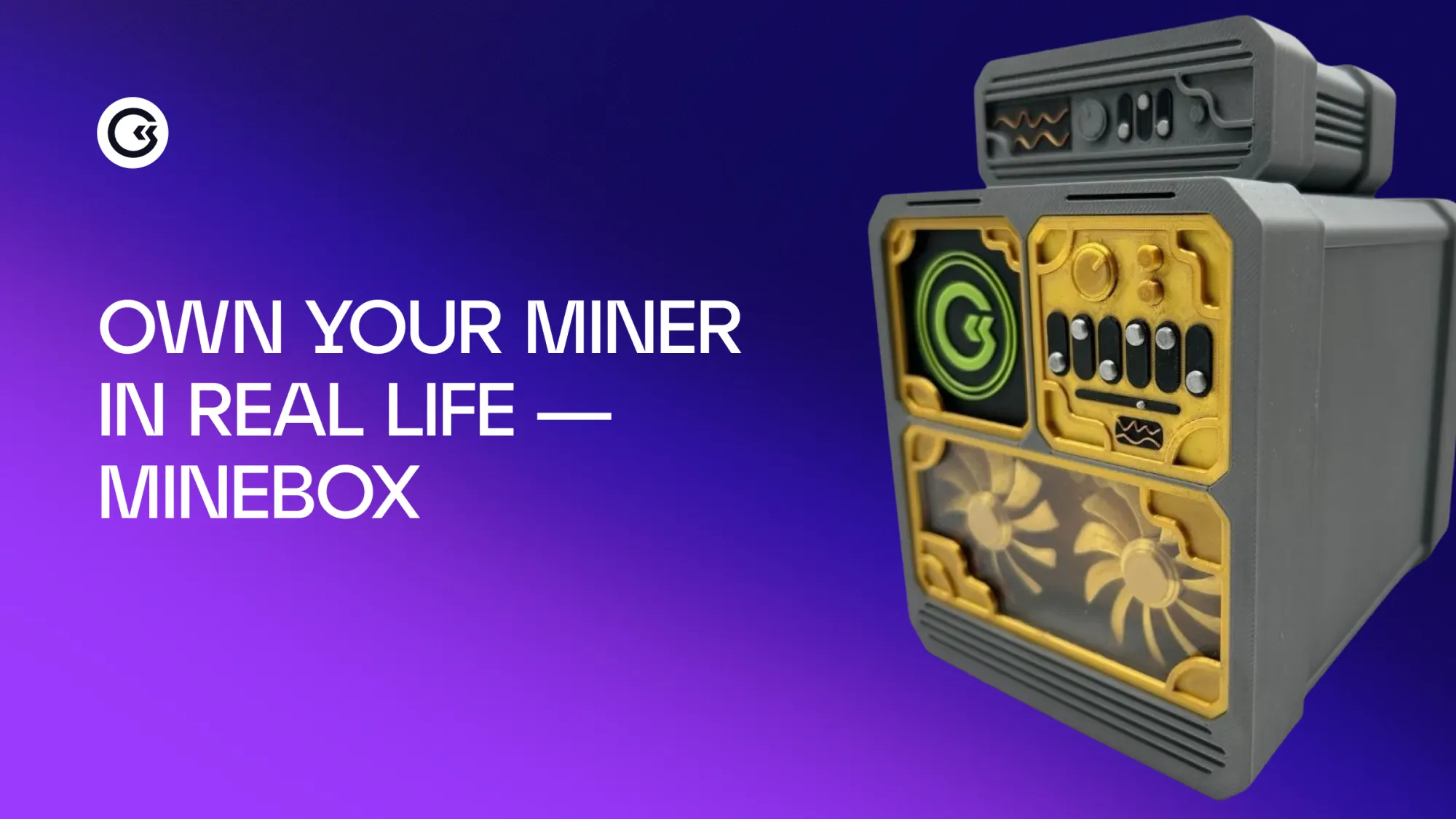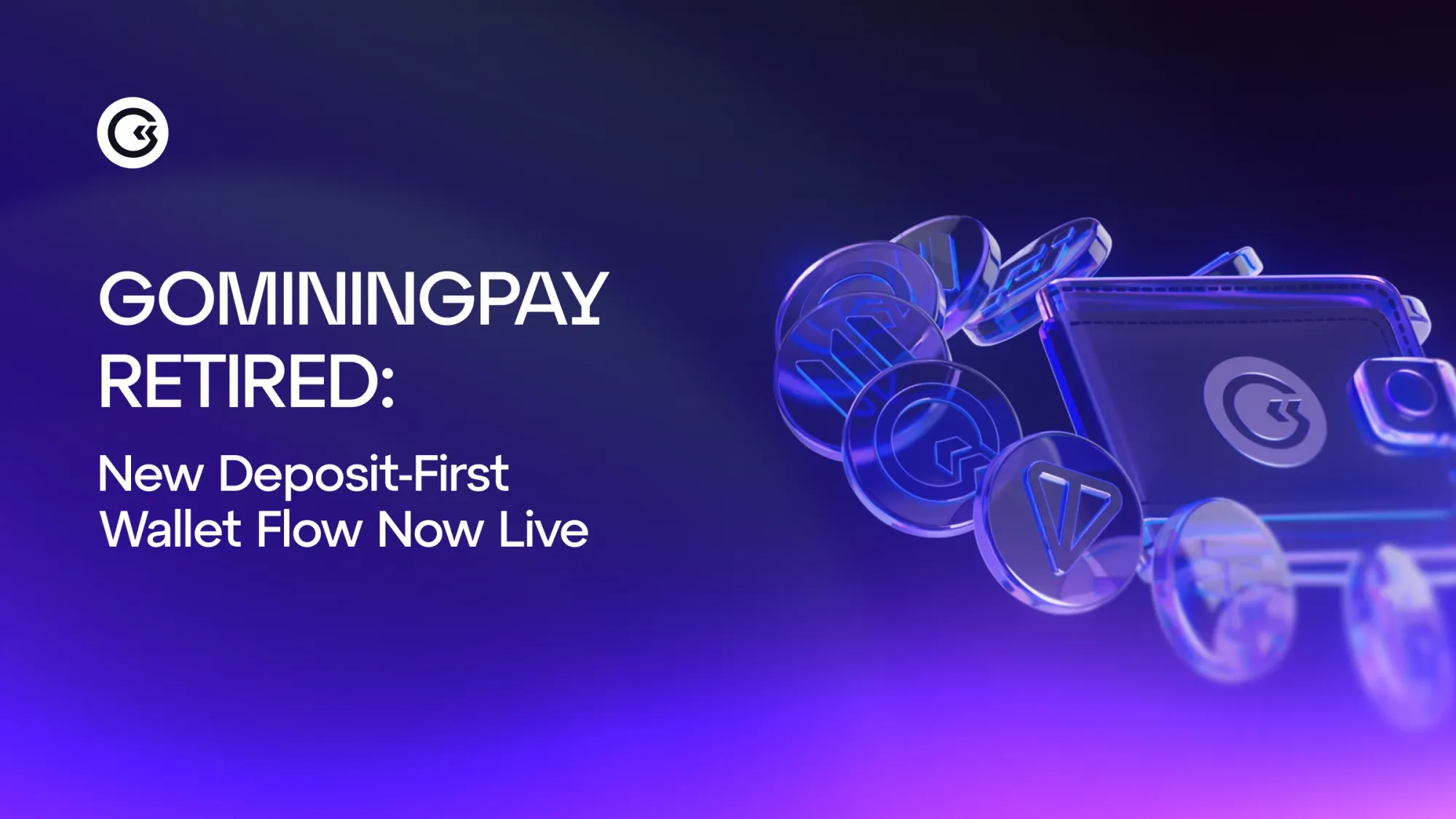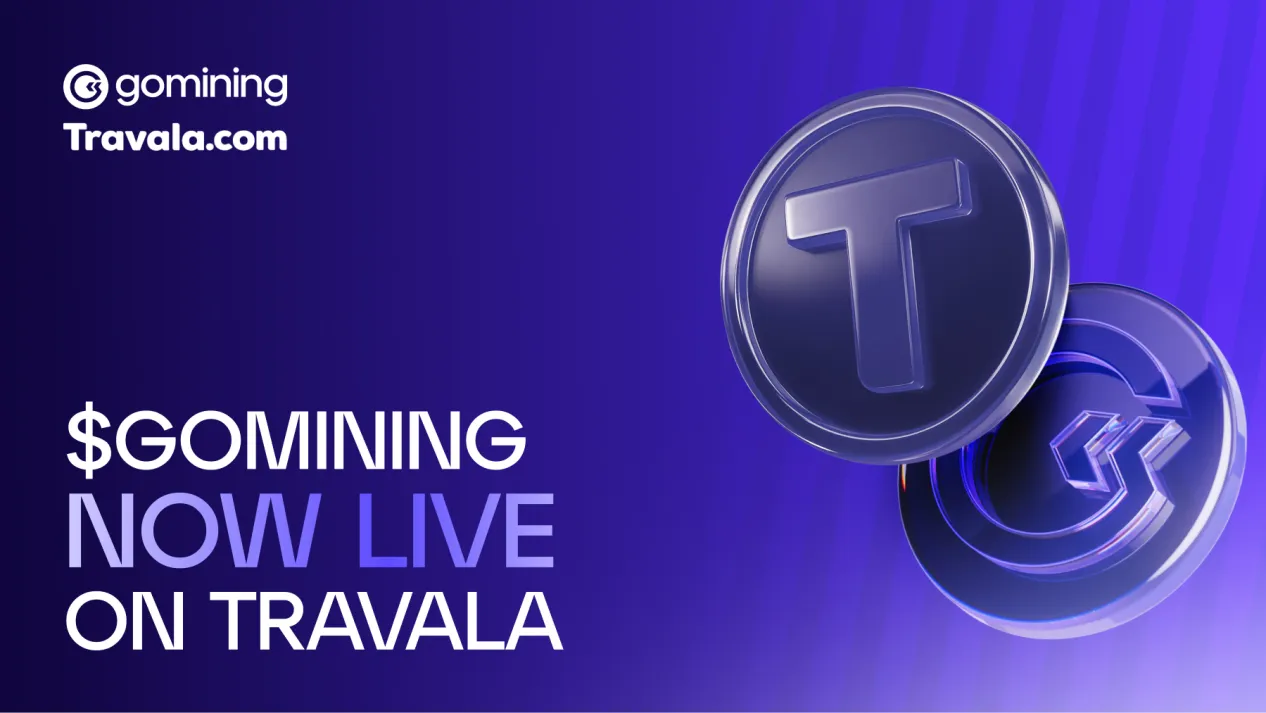Introduction
A cryptocurrency wallet is not a physical pocket—it’s your gateway to the digital world of bitcoin, allowing you to store, manage, and use your cryptic assets. It holds your private keys and public keys, acting as the essential link between you and your digital assets. From trading daily to offline, long-term storage, choosing the right wallet depends on factors like security, convenience, and how often you transact.
There’s a wide variety of wallet types—from hot wallets that stay online, to cold wallets that stay offline, and everything in between. Understanding their differences is essential for cryptocurrency wallet security, a wallet comparison, and storing cryptocurrency securely.
What is a Cryptocurrency Wallet?

A cryptocurrency wallet is a software program or physical device that lets you access, buy, store, and use cryptocurrencies like Bitcoin by managing your private keys and public keys.
- The public key functions like a digital address—it lets you receive assets.
- The private key is your exclusive password—if someone gets it, they can take your assets. So keeping it safe is critical.
You don’t really “store” coins in the wallet; instead, it interacts with the blockchain network where your assets are recorded. Think of the wallet as a secure key vault that signs transactions—that gives you control and access to your coins.
Types of Cryptocurrency Wallets

Hot Wallets
Definition & Examples: A hot wallet is connected to the internet, making it easy to access and ideal for everyday transactions. These include web wallets, mobile wallets, and desktop wallets, like MetaMask and Coinbase Wallet.
Advantages:
- Quick and convenient for buying, trading, and sending cryptocurrencies.
- Often free, with user-friendly interfaces and integration with exchanges and dApps.
Disadvantages:
- Because they're online, they’re more vulnerable to hacking, malware, and scams.
- Your private keys are at risk if the host is compromised.
Best Use Cases:
Perfect for active traders or anyone doing frequent transactions, accessing DeFi, or managing NFTs. Use hot wallets for convenience—but keep only small amounts there.
Cold Wallets
Definition & Examples: A cold wallet stays offline, keeping your private keys away from internet threats. Examples include hardware wallets (like Ledger or Trezor) and paper wallets.
Advantages:
- Top-tier cryptocurrency wallet security—immune to online attacks.
- Ideal for long-term storage of significant assets.
Disadvantages:
- Less convenient for frequent use—they require connecting to a device.
- Risk of physical loss or damage (especially paper wallets), and upfront cost for hardware ($50–200).
Best Use Cases:
For HODLers and long-term investors wanting to store bitcoin or other assets securely with control and peace of mind.
Desktop Wallets
Features & Examples:
A form of hot wallet that runs on your computer—examples include Exodus. They allow you to manage digital assets, view balances, and conduct trades locally.
Pros:
- More secure than web wallets.
- Great for managing multiple asset types and wallets (e.g., desktop wallet with support for ethereum, bitcoin, etc.).
Cons:
- Still internet-connected—vulnerable to malware and hacking.
- Device must be secure and regularly updated.
Ideal Scenarios:
Use for daily use and monitoring if you prefer a richer interface than mobile but don’t mind internet exposure.
Mobile Wallets
Key Features & Examples:
Mobile wallet = hot wallet on your smartphone. Convenient for on-the-go use, with QR code scanning to quickly buy, sell, or use crypto.
Pros:
- Super accessible and easy to use.
- Great for everyday transactions, payments, and interacting with dApps.
Cons:
- Least secure among hot wallets; easily lost or compromised if a phone is hacked or stolen.
When to Use Them:
Ideal for everyday spending and quick access. Keep small amounts and use secure phones.
Web Wallets
How They Work & Examples:
Web wallets are fully online—accessible through a browser. Convenient for quick access to exchanges or services.
Pros:
- Fast, no installation required. Ideal for occasional use.
Cons:
- Most vulnerable type. Hosted keys may be controlled by third parties, increasing risk of custody issues.
Best Suited For:
Quick trades on exchanges or temporary access—but never store large amounts.
Hardware Wallets
Definition & Examples: A hardware wallet is a dedicated device (like Trezor or Ledger) that signs transactions while keeping private keys offline (cold wallet).
Security Features & Advantages:
- Keys never leave device; transactions must be confirmed via physical buttons.
- Extremely secure barrier against online threats.
Best For:
One-time setup and long-term holding of large amounts. Excellent for Storing cryptocurrency securely and giving control over assets.
Paper Wallets
What They Are & How They Work:
A way to store keys offline by printing them on paper—completely air-gapped. Create offline, print public/private key pair, and keep it safe.
Advantages:
- Very low cost. No physical device—just a hardcopy.
Risks:
- Easily lost, damaged, or stolen. Ink fades; prone to mistakes during creation.
Generation & Use:
Generate offline, store paper securely (e.g., safe). To use funds, transfer to a hot wallet manually.
Multi-Signature Wallets
Explanation:
Requires multiple private keys to authorize transactions (e.g., 2-of-3 signatures). Adds a layer of security by dividing control among parties.
Best For:
Businesses, shared accounts, family wallets—or scenarios needing additional approvals before spending.
Custodial vs Non-Custodial Wallets
Differences & Comparison:
- Custodial wallets: Third parties manage your private keys (e.g., exchange wallets). Convenient, but you don’t truly control your funds.
- Non-Custodial wallets: You control your private keys and thus your assets. Requires self-responsibility.
Security & Control Considerations:
- Custodial: easier, but vulnerability to hacks, insolvency, or legal issues.
- Non-Custodial: full control, but also full responsibility to back up and secure.
How to Choose the Right Cryptocurrency Wallet

Key Factors to Consider:
- Security: How important is protecting your assets from hacks?
- Ease of Use: Do you value convenience over security?
- Transaction Frequency: Trading often? Go for hot wallets. Holding long-term? Prefer cold or hardware wallets.
- Cost: Hardware wallets cost money; software/web/mobile often free.
- Control vs Custody: Want full control or don't mind a custodian?
Recommendations by User Type:
- Beginners: Start with a reputable mobile or desktop wallet; maybe custodial then move to non-custodial as you learn.
- Traders: Keep small amount in hot wallets for quick trading; use mobile or web options with good UX.
- Long-Term Investors: Set up a hardware wallet (Ledger, Trezor) to keep the bulk of assets secure offline.
- Businesses / Shared Use: Use multi-signature wallets to add approval layers.
- Everyday Use / Convenience: A mobile wallet is practical—just keep amounts low and secure your device.
Advertisement: Earn Bitcoin with GoMining

Looking for a smart way to earn Bitcoin without buying expensive gear? Check out GoMining, a next-gen platform offering:
- Digital Miners—NFT-based tokens tied to real mining hardware across nine global data centers.
- Earn daily BTC rewards through solo mining, or join Miner Wars to compete and earn extra BTC and GOMINING tokens.
- Manage everything via mobile or desktop app—no noisy rigs, just passive income and control.
Consider GoMining your gateway to earning Bitcoin passively—even while you choose the best crypto wallets to store what you earn.
Conclusion

When comparing different types of cryptocurrency wallets, it helps to look at their core traits side by side. Below is a quick guide outlining whether each wallet is hot or cold, custodial or non-custodial, how easy it is to access, its general security level, and the situations it’s best suited for.
- Web Wallets – Hot wallet, often custodial. Access is very easy but security is low. Best for quick trades and holding small amounts.
- Mobile Wallets – Hot wallet, custodial or non-custodial. Access is very easy with low to medium security. Best for daily use and payments.
- Desktop Wallets – Hot wallet, custodial or non-custodial. Access is easy with medium security. Best for trading and managing multiple assets.
- Hardware Wallets – Cold wallet, non-custodial. Access is moderate with high security. Best for long-term storage of high-value assets.
- Paper Wallets – Cold wallet, non-custodial. Access is hard but security ranges from medium to high. Best for cheap, long-term holding.
- Multi-Signature Wallets – Hot or cold, custodial or non-custodial. Access varies, but security is high. Best for environments requiring shared control.
- Custodial Wallets – Can be hot or cold but always custodial. Access is easy with low to medium security. Best for convenience and beginners.
Choosing the right crypto wallet depends on balancing security, convenience, and your own control needs. Always prioritize keeping private keys safe—whether offline in hardware, securely backed up, or properly managed in non-custodial wallets.
Stay informed, secure your keys, and make thoughtful decisions when choosing your wallet—after all, it’s your key to the future of finance.
August 15, 2025














